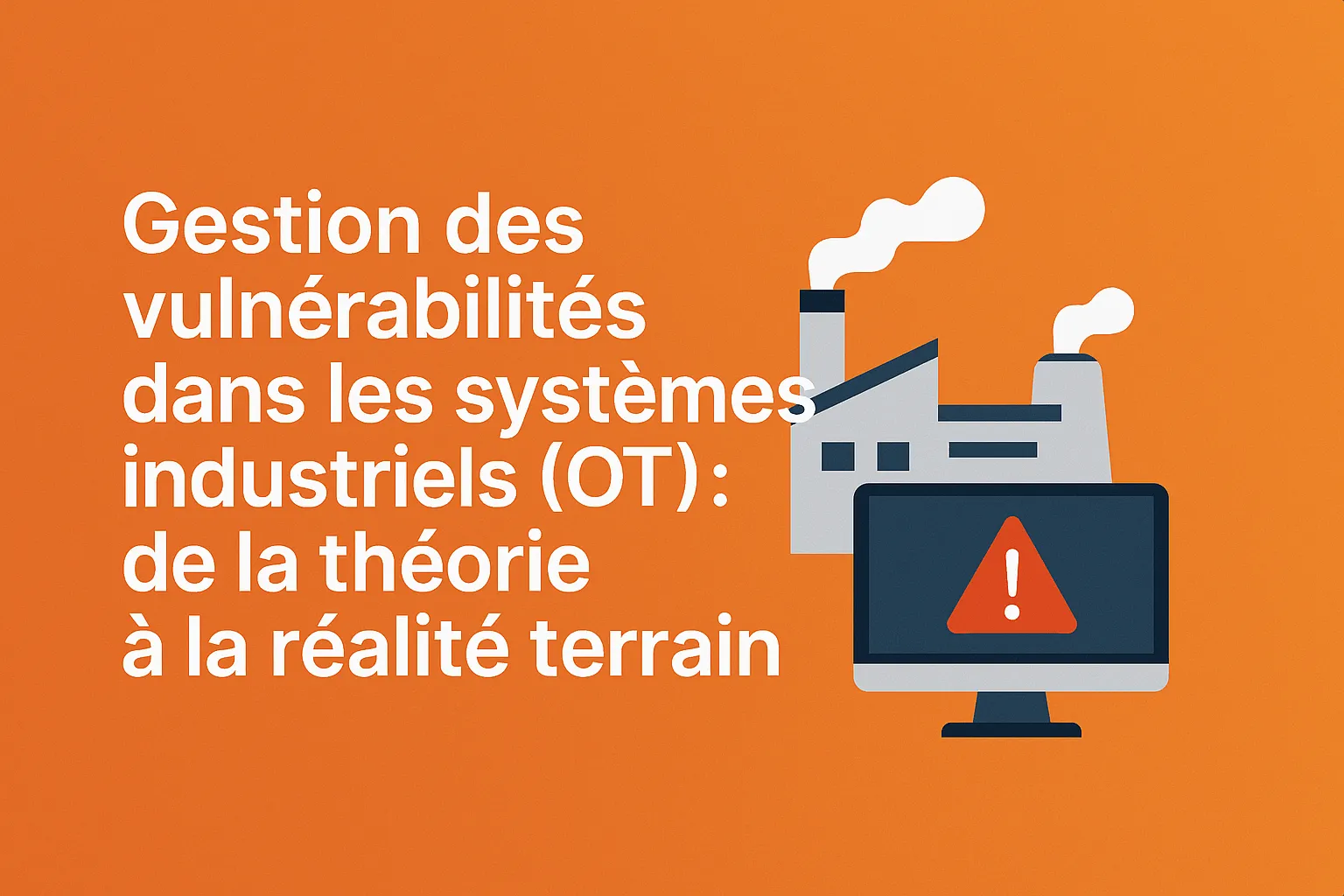
European Cyber Resilience Act: A Security Framework for Europe
The Cyber Resilience Act (CRA), recently adopted by the European Union on March 12, 2024, marks a decisive turning point in the fight against cyber threats facing our increasingly digital society. This regulation aims to establish a robust framework to ensure the cybersecurity of digital products and services by imposing strict requirements on manufacturers, importers, and distributors. By integrating security standards from the design stage of products, the CRA aims to protect not only businesses but also consumers, thereby strengthening trust in the digital economy.
Objectives of the Cyber Resilience Act
Main objectives or purposes
The Cyber Resilience Act was designed to address the escalating cyber threats targeting both critical infrastructures and everyday consumer goods. By integrating the principle of Security by Design, the Cyber Resilience Act requires manufacturers to incorporate security features from the earliest stages of development. This means that security should not be an afterthought but a fundamental element of every digital product. Consequently, companies are encouraged to adopt a proactive approach, thereby reducing vulnerabilities exploitable by cybercriminals.
Target audience
The target audience of the Cyber Resilience Act is broad and includes not only manufacturers of connected devices but also digital service providers, importers, and distributors. Each actor in the supply chain has a responsibility in securing products, which underscores the importance of a collaborative approach. Regulators, for their part, are called upon to play a key role in the implementation and control of compliance, thereby establishing an interconnected security ecosystem.
Expected impact of compliance
Compliance with the Cyber Resilience Act should lead to a significant improvement in the security of all digital products and services on the European market. By reducing security incidents, companies can not only protect their assets but also strengthen the trust of consumers and business partners. In the long term, this could also foster innovation, as companies will be incentivized to develop more secure solutions, thus creating a virtuous cycle.
Scope of application
The scope of the Cyber Resilience Act is extensive, encompassing a wide range of digital products and connected services. This includes, among other things, connected objects (IoT) such as sensors, smart home appliances, as well as industrial systems like programmable logic controllers and SCADA equipment. The Cyber Resilience Act also applies to software, whether commercial or open source, used in critical applications. However, certain sectors or products may be excluded from the scope of the Cyber Resilience Act if they are already covered by other regulations, such as the GDPR or the NIS 2 Directive. This helps to avoid regulatory overlap and ensures a coherent approach to cybersecurity.

Presentation of the main themes or chapters of the standard
Product security
One of the cornerstones of the Cyber Resilience Act is the requirement for product security. Manufacturers must demonstrate that their devices are designed according to rigorous security standards. This includes the implementation of measures such as strong authentication, encryption of sensitive data, and network segmentation to limit the impact of potential incidents. By integrating these measures from the design stage, companies can not only protect their products but also reduce the cost of long-term fixes.
Responsibilities of manufacturers
The Cyber Resilience Act imposes clear cybersecurity responsibilities on manufacturers. They must ensure that their products remain secure throughout their lifecycle, which includes regular updates to correct security vulnerabilities identified after the product is placed on the market. This requires constant vigilance and investments in vulnerability management infrastructures to respond quickly to emerging threats.
Monitoring and updating
The Cyber Resilience Act establishes obligations for continuous monitoring, encouraging manufacturers to adopt proactive update practices. Companies must be prepared to deploy patches quickly to protect users against new vulnerabilities. This dynamic approach is essential in an environment where cyber threats are rapidly evolving.
Vulnerability management
Vulnerability management is another key theme of the Cyber Resilience Act. Companies must implement robust processes to detect, assess, and address vulnerabilities. This includes the need to communicate transparently with users about security flaws and the measures taken to correct them. A proactive approach to vulnerability management can build consumer trust and strengthen brand reputation.
Regulation of digital services
The Cyber Resilience Act is not limited to physical products; it also establishes specific requirements for digital services. Cloud service providers, for example, must ensure that their infrastructures comply with the security standards required by the Cyber Resilience Act. This ensures that services interacting with connected devices are also secure, thereby creating a safer digital environment.
Need support to comply with the Cyber Resilience Act? Contact our DATIVE experts today.
Implementation and compliance
Key steps for compliance
To comply with the Cyber Resilience Act, companies must follow several key steps. This begins with a thorough risk assessment to identify potential vulnerabilities in their products and processes. Once these gaps are identified, companies must implement corrective measures, document their efforts, and maintain transparency with regulators. This structured approach not only meets regulatory requirements but also strengthens the overall security of the organization.

Best practices
Adopting best practices is fundamental to successful compliance. Companies must invest in the continuous training of their employees and integrate security into the software development lifecycle. By adopting a DevSecOps approach, where security is integrated from the beginning of development, organizations can detect and correct flaws more quickly. In addition, the use of automated tools for vulnerability management can facilitate the monitoring and remediation of security issues.
Resources and tools available to support organizations
Companies have various resources and tools available to help them navigate the compliance process. Compliance guides, threat intelligence sharing platforms, and specialized cybersecurity consulting services are all ways to ensure a thorough understanding and effective application of the Cyber Resilience Act's requirements.
Relationship with Other Standards
Complementary or related standards
The Cyber Resilience Act should be seen as complementary to other existing cybersecurity standards. For example, the General Data Protection Regulation (GDPR) and the NIS 2 Directive provide additional frameworks for data protection and the security of network and information systems. By integrating these standards, companies can develop a comprehensive and coherent cybersecurity approach.
Comparison or harmonization with other standards
Harmonization with international standards, such as the NIST Cybersecurity Framework, could facilitate the implementation of the Cyber Resilience Act while ensuring that companies operating globally meet uniform security requirements. This also simplifies the compliance process for companies seeking to adapt to multiple regulations.
Compliance with the Cyber Resilience Act can be complex. DATIVE supports you with a tailored approach. Let's discuss it!
Evolution and Current Status of the Cyber Resilience Act
History of versions or recent updates
Since its initial proposal, the Cyber Resilience Act has evolved in response to concerns expressed by stakeholders. Discussions around implementation and technical challenges have led to adjustments in the wording of the law, making the regulation more pragmatic and adapted to market realities.
Future trends
As the cyber threat landscape evolves, the Cyber Resilience Act will need to adapt to incorporate new requirements and technologies. Artificial intelligence, for example, poses unique security challenges, and the Cyber Resilience Act will need to evolve to include specific guidelines on the secure use of these technologies.
Advantages and Challenges
Advantages for companies or organizations
Compliance with the Cyber Resilience Act can offer significant advantages to companies. By integrating enhanced security standards, organizations can reduce the risk of security incidents, improve their reputation, and strengthen consumer trust. In addition, companies that invest in cybersecurity will be better positioned to capitalize on opportunities in the European market.

Challenges or limitations
However, the implementation of the Cyber Resilience Act also presents challenges, notably the cost of compliance, which can be particularly burdensome for small and medium-sized enterprises.
Furthermore, the rapid evolution of cyber threats requires constant adaptation, which can represent an additional burden for organizations.
Companies must also face the need to continuously train their employees on new standards and technologies.
Resources and References
Conclusion
The Cyber Resilience Act represents a significant milestone in strengthening cybersecurity in Europe. By establishing clear standards and promoting the responsibility of industrial players, the Cyber Resilience Act contributes to creating a safer and more reliable digital environment. Companies must prepare for these changes not only to comply but also to leverage the benefits of enhanced cybersecurity and increased consumer trust.
Do you have questions about the impact of the Cyber Resilience Act on your business? Our experts are at your disposal.
FAQ
Question 1: What is the Cyber Resilience Act?
The Cyber Resilience Act is a European Union legislation aimed at establishing cybersecurity standards for digital products and services, by integrating security requirements from the design stage.
Question 2: Who does the Cyber Resilience Act apply to?
The Cyber Resilience Act applies to manufacturers, digital service providers, importers, and distributors of digital products within the EU, covering a wide range of applications.
Question 3: What are the main objectives of the Cyber Resilience Act?
The objectives include strengthening the security of digital products, increasing transparency, and reducing the risks of cyberattacks, while promoting fair competition.
Question 4: How can companies comply with the Cyber Resilience Act?
Companies must conduct a risk assessment, identify security gaps, implement corrective measures, and maintain rigorous documentation of their processes.
Question 5: What are the future trends related to the Cyber Resilience Act?
Future trends include the integration of emerging technologies such as artificial intelligence and IoT, as well as the continuous adaptation of the Cyber Resilience Act in the face of the rapid evolution of cyber threats.
Question 6: Is the Cyber Resilient Act (Cyber Resilience Act) mandatory for all companies?
The obligations of the Cyber Resilience Act apply from December 11, 2027, with a few exceptions (notably, the obligation to report actively exploited vulnerabilities will apply to manufacturers from September 11, 2026).





